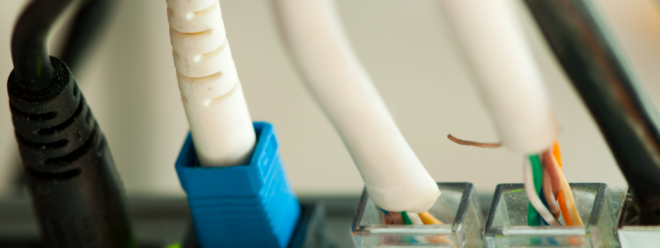A comprehensive guide to fiber optic connector types and their applications

A comprehensive guide to fiber optic connector types and their applications

Fiber optic connectors play a vital role in telecommunications and data transmission. These small yet powerful devices are responsible for ensuring seamless and reliable connections between fiber optic cables. There are so many different connector types that it can be difficult to know which one is best for a specific need. In this comprehensive guide, we’ll explore various fiber optic connector types and their applications, giving you the knowledge to make informed decisions.
What is a fiber optic connector?
A fiber optic connector is a mechanical device used to connect two fiber optic cables together to transmit data or signals. It ensures precise alignment of the fiber core, minimizing signal loss and maximizing performance.
Types of fiber optic connectors:
SC Connector: The consumer connector (SC) is one of the most commonly used connectors. It has a push-pull latching mechanism for easy installation and removal. SC connectors are widely used in data centers, telecommunications and local area networks (LAN).
LC Connector: The LC connector is a small connector that provides high-density connections. Its design allows for easy installation and removal in tight spaces. LC connectors are typically used in applications requiring high-speed data transmission, such as Gigabit Ethernet.
ST Connector: ST connector is one of the oldest connector types. It features a bayonet coupling mechanism that provides a secure connection. ST connectors are commonly used in multimode fiber optic networks.
FC Connector: The ferrule connector (FC) is a screw-in connector that provides a stable and reliable connection. Commonly used in high vibration environments and popular in the military and industrial sectors.
Frequently Asked Questions
Q: Can different types of connectors be used together?
A: Yes, it is possible to use different types of connectors together by using hybrid adapters or patch cords.
Q: What is the difference between single-mode connectors and multi-mode connectors?
A: Single-mode connectors are designed to transmit a single beam of light over single-mode fiber. Multimode connectors, on the other hand, are used with multimode optical fibers, which carry multiple beams of light.
Q: How do I choose the right connector for my application?
A: Connector selection depends on factors such as fiber optic cable type, environment, and required data transmission speed. Consulting a fiber optic expert can help make the best decision.
In summary, understanding the different fiber optic connector types and their applications is critical to ensuring optimal performance and reliability of your fiber optic network. By becoming familiar with the various connector types and their unique capabilities, you can make informed decisions to meet your specific needs.